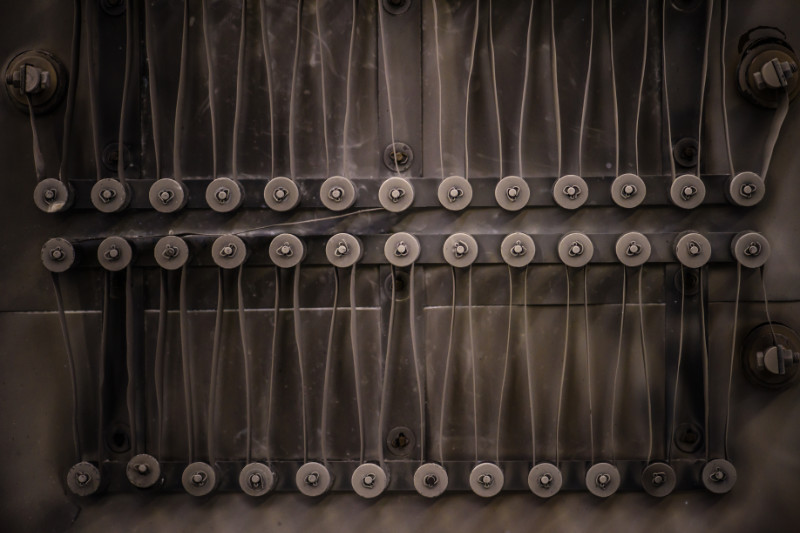
Most of the brazing services we offer at Altair Technologies occurs between 800° C – 1270° C. Finding a suitable braze-alloy or “filler” to melt in this temperature range is not difficult. However finding a braze alloy, or even base materials, that will withstand operation over 1000° C can be tricky. One of the first questions to ask is what is the operating atmosphere or environment (high vacuum, air or?) and what are the base materials? At those elevated temperatures, many unwanted phenomena can occur. Depending on the base materials, undesirable eutectics could form or one might even experience a constant diffusion of the alloy into the base material.
Some of the better known super high temperature braze alloys include Moly Ruthenium, which brazes around 1450° C and is used to braze Moly or Moly-Re supports onto Tungsten Cathodes that typically operate in high-vacuum at temperatures in the 1000° C to 1150° C range. Alloys like Moly-Ni braze around 1350° C and Palco brazes near 1270° C and may survive in a non-aggressive 1200° C environment. Paloro (Pa & Au) has excellent anti-corrosive properties and might even possibly survive in the air at 1200° C. Pure Pt and pure Pa are both used for high-temperature brazing and have a liquidus in the 1600° C to 1700° C range.
When considering base materials and braze alloy, you must take into account the vapor pressure of each element within your material and alloy. Take for example stainless steel. Stainless steel is an excellent material for high temperature and high vacuum applications and is widely used in vacuum systems, however, if subjected to temperatures nearing 1000° C and in a high vacuum, the Chromium within the stainless will begin to vaporize and deposit on colder surfaces within the vacuum path or envelope. This will certainly change the properties of the stainless components and assemblies, degrade or contaminate the vacuum and possibly damage the surface of the material(s) where the Chromium is re-deposited.
Choosing an alloy and base materials to survive a super high-temperature application is not trivial and requires more than just a filler-alloy that melts above the operating temperature. We encourage anyone considering brazing for materials in high-temperature applications to contact our engineering team to guide you along your journey.



